Here's an illustration of what I'm asking about:

I'm just curious about how Ruby is interpreting these problems, which are clearly different as far as Ruby is concerned. I became curious when I was trying to write a simple math problem without using floats and noted that Ruby would read Floats differently than their Integer counterpart (perhaps 1/2 isn't 0.5's counterpart as far as Ruby is concerned, but that's part of what I'm asking here: why not?).
Can anyone explain what's going on here?